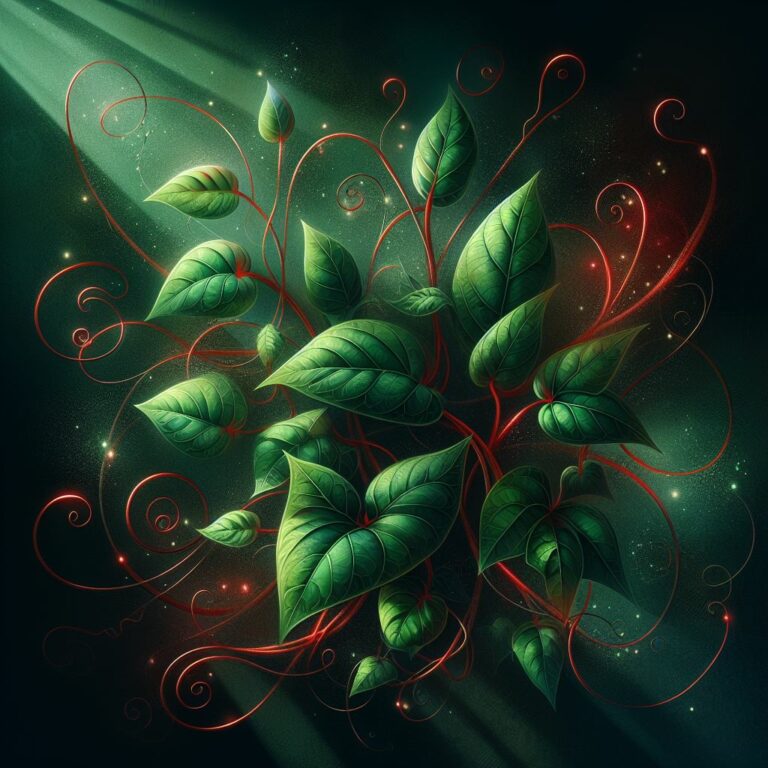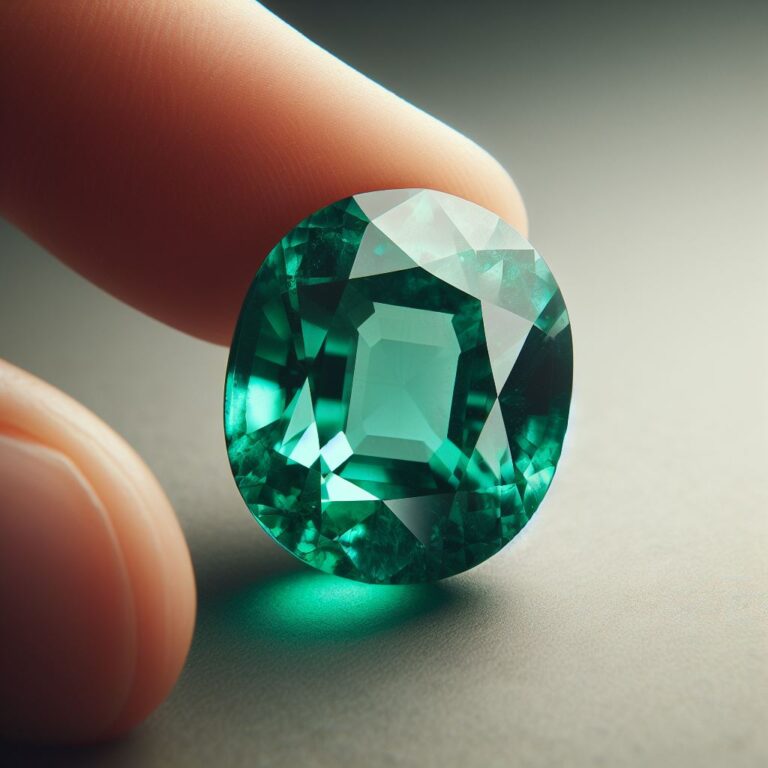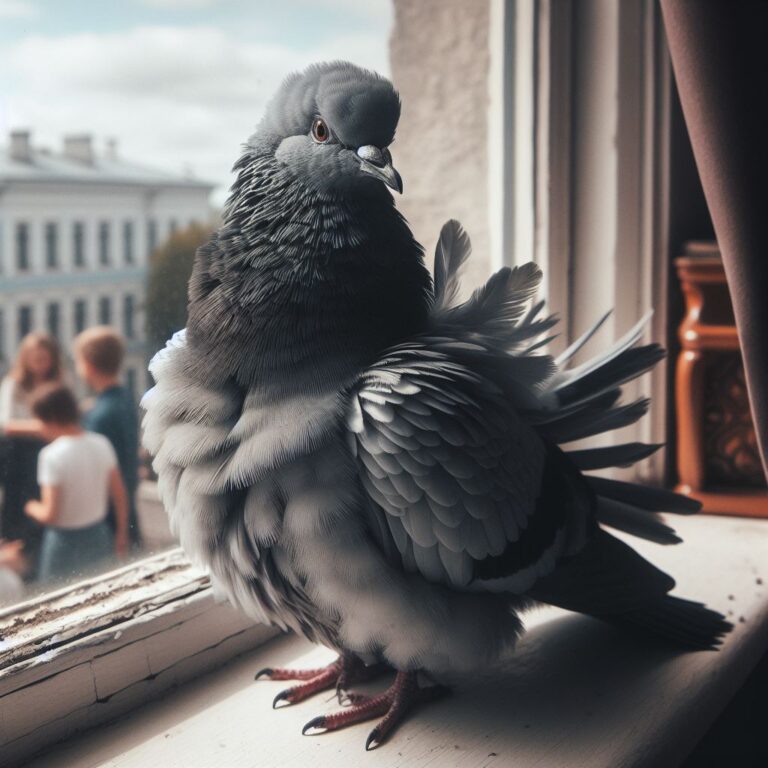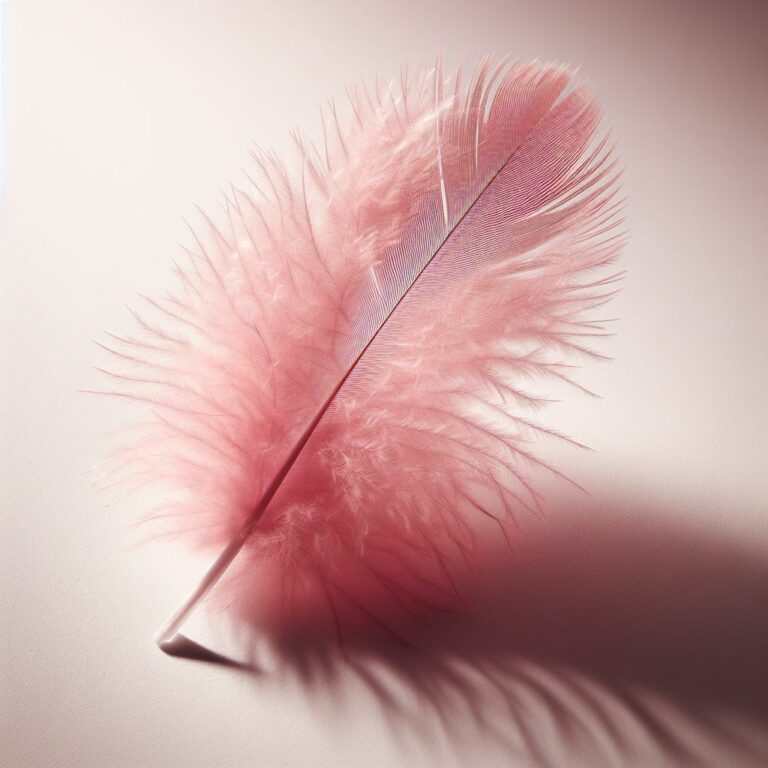Spiritual Meanings of Nose Piercing on Right Side & Left Side
Nose piercings have become an increasingly popular form of body modification in recent years. However, few people are aware of the deep cultural and spiritual symbolism associated with piercing either the right or left nostril.
In many societies around the world, nose piercings hold significance related to concepts such as fertility, femininity, masculinity, creativity, protection, strength, and more. The side chosen for piercing is often carefully selected based on the desired meaning.
This article will provide an in-depth exploration of nose piercing symbolism, including:
- The origins and history of nose piercings
- Cultural and spiritual meanings associated with right-side piercings
- Cultural and spiritual meanings associated with left-side piercings
- Meanings related to piercing both sides or the septum
- Perspectives from Hinduism, Christianity, Islam and more
- An overview of different types of nose piercings
- Frequently asked questions about symbolic nose piercing
Gaining a greater understanding of the cultural context and rich history behind this popular practice can help honor the tradition. Let’s delve deeper into the significance of nose piercings on both the right and left side.
Key Takeways
1. Nose piercings have an ancient history spanning many cultures worldwide, dating back over 4,000 years.
2. The right nostril is associated with femininity, marriage, intuition, creativity, prosperity, confidence and protection in various cultures.
3. The left nostril signifies masculinity, protection, pain relief, spirituality, rebellion and unconventionality across cultures.
4. Piercing both nostrils can represent balance, symmetry and non-conformity.
5. Septum piercings hold significance related to life force, tribal identity and modern edginess.
6. Cultural perspectives vary, with acceptance in some faiths and prohibition in others. Opinions differ by denomination.
7. A wide variety of nose piercings types exist beyond the basic nostril and septum, allowing creative expression.

A Brief History of Nose Piercings
Nose piercing has an ancient history spanning numerous cultures across the world. Some of the earliest records of nose piercing date back over 4,000 years to the Middle East.
In India’s Ayurvedic medicine tradition, nose piercings were mentioned in texts from over 2,000 years ago. They were done for mystical purposes, to relieve pain during childbirth, or for beauty enhancement.
Among the nomadic Berber and Beja peoples of Africa, nose piercings have traditionally been worn by women as symbols of beauty and wealth. They were also popular among the Aztecs and Mayans in Central America.
In North America, nose piercings were common among Native American tribes ranging from the Inuit in the Arctic to the Navajo in the Southwest.
So while nose piercings may seem quite modern and fashionable today, they actually have very ancient roots across many cultures globally. Let’s look closer at what each side symbolizes.
Right Nostril Piercing Meanings
Across various cultures historically and to the present day, getting the right nostril pierced carries deep symbolic meaning:
Femininity
In India, a right nose piercing is traditionally associated with femininity and being married. Unmarried Hindu girls get the left nostril pierced, while married women pierce their right nostril.
The jewel is regarded as enhancing feminine beauty and indicating the marital status and honor of the woman.
Spiritual Access
According to traditional Chinese medicine, each part of the body is connected to a meridian pathway. Piercing the right nostril is thought to unblock the channel connecting to the female reproductive organs.
It opens enhanced access to feminine energy, intuition, inner wisdom, and spiritual connection.
Creativity
In tribal culture in New Guinea and Indonesia, nose piercings on the right side represent the life force, fertility and creativity of women.
They are worn to celebrate girl’s coming-of-age rituals and during pregnancy to honor the creative force of femininity. The right side opening allows creative energy to flow outward.
Prosperity
In India’s Ayurvedic tradition, as well as in acupuncture theory, the right nostril is associated with heating solar energy. Piercing this side releases stagnant energy and kickstarts greater prosperity.
It is considered auspicious for business success and financial gain. The effects of the heating solar energy promote worldly advancement.
Protection
In North Africa, among the Berber, Tuareg, Hausa and Beja peoples, nose piercings traditionally served protective purposes. The jewel was regarded as a guard against evil spirits entering the body.
For women in tribal cultures worldwide, the piercing and wearing of a nose stud indicates social standing. It separates ordinary women from those of higher nobility and confers elevated status.
Confidence
In modern cultures globally, right nostril piercing is often chosen to project confidence and self-esteem. It makes a bold style statement and allows creative self-expression.
The delicate piercing can represent elegance. It draws attention upward to the eyes and face, rather than outward to the ears or downward to the mouth.
Clearly, the right nostril carries varied symbolic meanings across cultures historically and currently. Next, let’s look at the left side.

Left Nostril Piercing Meanings
While the right side often represents the solar, the left side is associated with the lunar. Accordingly, left nostril piercings carry a very different set of meanings:
Masculinity
In contrast to the right side for women, the left nostril has traditionally signified marriage for men in India.
Hindu boys would get their left nostril pierced before marriage. It indicates masculinity and readiness for matrimony.
Protection
In India’s Ayurveda and also traditional Chinese medicine, the left nostril piercing clears the channel connecting to male reproductive organs. It enhances masculine strength and protective energy.
The left side projects the power to defend against illness, obstacles, and harmful forces. A left nostril piercing boosts vigor to overcome challenges.
Relief from Pain
In India, piercings are done on points along the left nostril during pregnancy to provide relief from labour pains and assistance with delivery.
Specific points are also pierced during menstruation to alleviate cramps. In general, left side piercings are thought to relieve headaches and other pains.
Spiritual Focus
According to Hindu culture, the left nostril relates to the ida nadi, which represents mental energy and the moon. Piercing here enhances intuition, imagination, and dedication to spiritual life.
It signifies turning attention inward to connect with inner truth, rather than focusing on worldly desires and gain.
Rebelliousness
In modern society, left nostril piercings are sometimes chosen as a symbol of rebellion or unconventionality.
This contrasts against the right nostril’s association with tradition, status quo and conformity. The left side expresses independence and progressive thinking.
Clearly the left nostril carries very different symbolic meanings than the right, related to masculinity, pain relief, spirituality and rebellion. Now let’s look at piercings that incorporate both nostrils.
Piercing Both Nostrils
While most stick to just one nostril, some choose to pierce both sides:
Balance
Rather than favoring one side or set of meanings over the other, both nostril piercings achieve balance between the solar/lunar, masculine/feminine, worldly/spiritual dichotomies.
It allows inward and outward focus, protection and vulnerability, tradition and progressiveness to coexist harmoniously.
Symmetry
For some, it’s purely an aesthetic choice to achieve facial symmetry. Rather than drawing attention to just one nostril, piercings on both sides create visual harmony.
Non-Conformity
Others do both nostrils as a way to double down on their unconventionality and non-conformist perspective. It makes an even bolder statement of their free-spirited style.
Now let’s look at one more very common nose piercing type – the septum.

Septum Piercing Meaning
The septum is the cartilage separating the left and right nostrils. This area has also been significant across cultures:
Life Force
In New Guinea and other Pacific islands, the septum piercing was thought to enhance life force. Jewelry was crafted from boar tusks, associated with strength and fertility.
Rite of Passage
Among Native American and First Nations tribes, the septum piercing ritual marked the passage into adulthood. It signaled readiness for tribal responsibilities and enhanced status.
Tribal Identity
Septum piercings served as identifying markers of tribal affiliation and culture. Jewelry designs held particular significance among certain peoples.
Modern Nonconformity
Today, the septum retains an association with punk rock counter-culture. It makes a bold statement of edginess and unconventionality. The subtle piercing can be tucked away or flipped down visibly.
This versatility allows the wearer to toggle between conservative and rebellious presentation.
Clearly, the nasal septum is also charged with spiritual symbolism across cultures historically and currently.
Cultural Perspectives on Nose Piercings
Beyond the universal meanings explored so far, some additional cultural perspectives provide nuance:
Hinduism
- Left side piercings preferred for men, right side for married women
- Thought to open energy pathways and confer health benefits
- Regarded as beautiful adornment and indication of nobility
Christianity
- Some denominations prohibit piercings based on interpreting Leviticus 19:28
- Others allow piercings as self-expression, since the New Testament is silent
Islam
- Majority view is that piercings alter Allah’s creation and are therefore forbidden (haram)
- A minority allow small studs that don’t harm health or interfere with wudu ritual cleansing
Judaism
- Orthodox Jews avoid piercings due to interpreting Leviticus 19:28 as a prohibition
- More progressive Jews allow them as modern self-expression that doesn’t conflict with values
Buddhism
- Discourages adornments that lead to vanity and materialism
- But accepts piercings done with mindful intent, without harming the body
African Tribes
- Associated with beauty, status, wealth, coming of age, life force
- Jewelry had protective powers and indicated social standing
Clearly there are nuances from different cultural and religious perspectives that further enrich the symbolism of nose piercings.

Types of Nose Piercings
Beyond the basic nostril and septum piercings, there are a variety of more complex and creative ways to pierce the nose:
Nasallang – A straight piercing through both nostrils
Rhino – Vertical piercing through the tip of the nose
Septril – Piercing of both septum and rhino
Bridge – Horizontal piercing of the bridge of the nose
High nostril – Piercing of crease where nostril meets face
Third eye – Vertical piercing between the eyes at brow point
Double or triple – Two or three piercings in same nostril
Ear-nose combo – Connecting chain from nostril to ear piercing
While the nostril and septum remain the most popular, these more adventurous piercings allow creative expression. Their meanings can be deeply personal to the wearer.
Conclusion
As we’ve seen, nose piercings hold a wealth of cultural, spiritual and personal symbolism. Having awareness of the traditional implications can imbue the modern practice with greater significance.
Rather than a fashion statement alone, nose piercings can represent an ideal, communicate beliefs, indicate social standing, enhance energy flows, and hold personal meaning.
Both the side chosen and the type of piercing contain layers of meaning. Whether honoring tradition or forging your own path, understanding this foundation enriches the experience.
So next time you see someone with a distinctive nose piercing, consider that it may represent far more than just an ornamentation. Perhaps an ancient practice endures, or a personal philosophy shines through.
While ultimately the choice belongs to each individual, gaining insight into this shared human practice connects us across culture and time. By piercing conventions and embracing the unfamiliar, we expand perspective and dissolve barriers.

Frequently Asked Questions About Symbolic Nose Piercings
Nose piercings are an intriguing practice rich with cultural tradition and meaning. Here are answers to some commonly asked questions:
Is one nostril more painful to pierce than the other?
Pain levels are generally comparable between sides. However, some report slightly more sensitivity on the right. Beginners sometimes start with the left to test pain tolerance.
How long does a nostril piercing take to heal?
With proper aftercare, nostrils generally heal within 6-8 weeks. Higher nostril piercings take longer, around 10-12 weeks. Avoid irritants during healing.
Can nose piercings close up or reject?
Yes, piercings can migrate or close up if jewellery is removed too soon before fully healed. Proper placement and high-quality metal reduce rejection risks.
What’s the most comfortable starter jewellery for new piercings?
A post or screw fitting is best initially. Once healed, hoops, studs or custom pieces can be inserted. Match metal type to sensitivities.
Will nose piercings leave a permanent hole if removed?
Usually a small mark remains but isn’t highly visible. Septum holes close up fully if jewellery is removed. Nostrils may shrink but not disappear.
Can nose piercings be done for migraine relief?
Yes, targeted piercing of acupressure points is thought to relieve headaches. However, more research is still needed.
Are any religious groups categorically against nose piercings?
Some denominations of Christianity and orthodox strains of Judaism and Islam forbid piercings. But views soften over time with modern trends.
Should nose piercing be avoided during pregnancy?
It’s best to wait until after giving birth. Risk of infection is higher during pregnancy. Piercings can reopen old acupressure points.
At what age is it appropriate to get a nostril piercing?
Teens often get piercings to assert independence. However, waiting until fully mature around 18-21 allows for wise decision making.
How do you hide a nose piercing for work or conservative settings?
Clear retainers are available to subtly hold the hole open. Band-aids or silicone covers can temporarily disguise the piercing.
Hopefully these answers provide helpful guidance around properly caring for new piercings and navigating dilemmas around cultural appropriateness and identity expression.
While ancient in origin, nose piercings remain a vibrant and meaningful practice today. Understanding the tradition behind this popular form of adornment can lend deeper significance to the choice.






